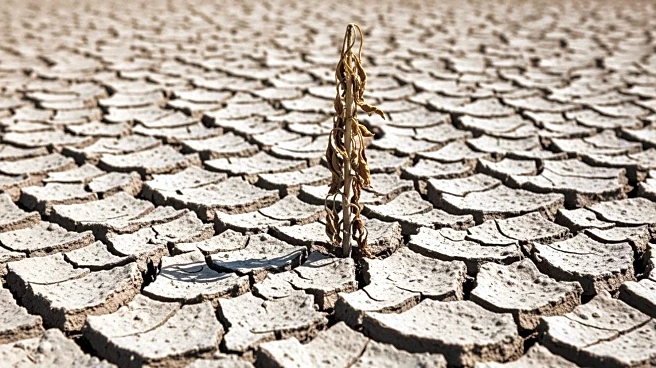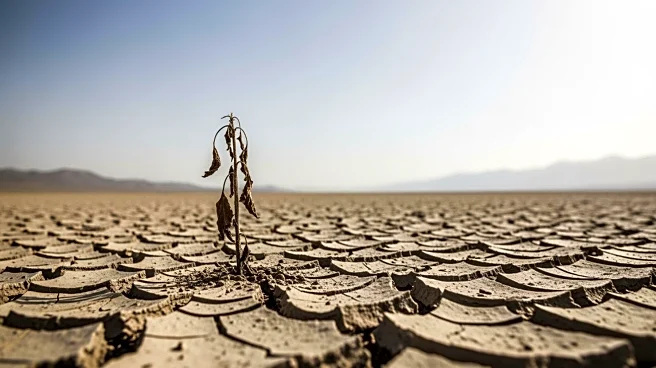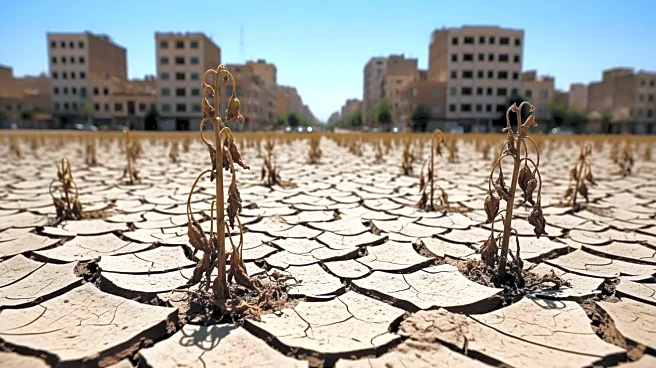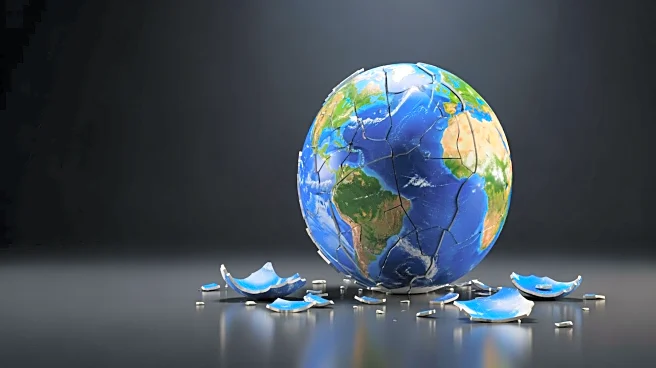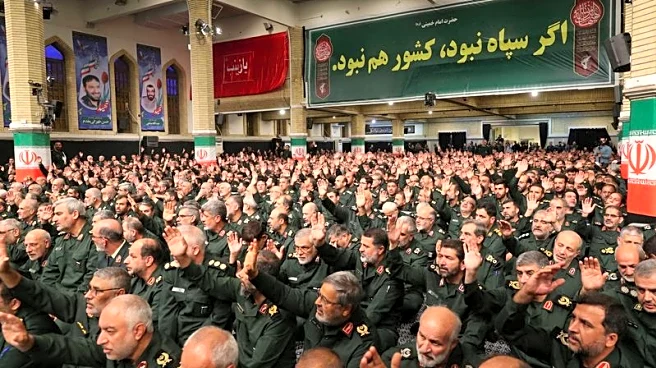What's Happening?
Tehran is facing an unprecedented water and energy crisis, with President Masoud Pezeshkian warning of potential water rationing and evacuations if rain does not fall soon. The city's reservoirs have reached
historic lows, threatening drinking water supplies and electricity generation. Tehran relies heavily on hydropower, but the ongoing drought has severely impacted power output. The crisis is exacerbated by inefficient irrigation practices and long-standing policies that placed water-intensive industries in arid regions.
Why It's Important?
The water crisis in Tehran highlights the vulnerability of urban centers to environmental challenges and the need for sustainable resource management. It underscores the link between water availability and energy production, with implications for Iran's economic stability and public health. The situation may prompt policy changes and infrastructure investments to address water scarcity and diversify energy sources. International cooperation and aid could play a role in supporting Iran's efforts to mitigate the crisis.
What's Next?
Without significant rainfall, Tehran may face strict water rationing and potential evacuations. Authorities are considering relocating water-intensive industries to coastal zones and modernizing agricultural practices to conserve water. The government may need to implement contingency plans to manage the crisis and prevent social unrest. International support and investment in sustainable technologies could aid Iran in addressing its environmental challenges.


